Urban Sports & Rehab Centre's Approach to Managing Thoracic Outlet Syndrome

Thoracic Outlet Syndrome (TOS) is a condition where the nerves and blood vessels between the collarbone and the first rib are compressed, causing pain, numbness, and other troubling symptoms. At Urban Sports & Rehab Centre, we specialize in diagnosing and treating TOS with personalized, evidence-based care.
What is Thoracic Outlet Syndrome?
TOS refers to a group of disorders that occur when the blood vessels or nerves in the thoracic outlet— the space between your collarbone and first rib— become compressed. This compression can affect the nerves or blood flow to the arms, neck, and shoulders, leading to discomfort and reduced function.
Types of Thoracic Outlet Syndrome (TOS)
TOS is categorized into three primary types, depending on what structures are being compressed— the nerves, blood vessels, or both. Here’s a breakdown of the types:
1. Neurogenic Thoracic Outlet Syndrome (nTOS)
This is the most common form of TOS, accounting for over 90% of cases. Neurogenic TOS occurs when the brachial plexus, a network of nerves that pass from the neck to the arms, becomes compressed. This compression causes:
Venous TOS occurs when the subclavian vein, a major blood vessel that drains blood from the arm back to the heart, is compressed. This leads to issues with blood flow in the arm.
Arterial TOS is the least common but the most serious type of TOS. It occurs when the subclavian artery, which delivers oxygenated blood to the arms, is compressed. This can lead to serious vascular problems.
Causes of Thoracic Outlet Syndrome
Understanding the causes of TOS is key to developing a treatment plan. Common causes include:
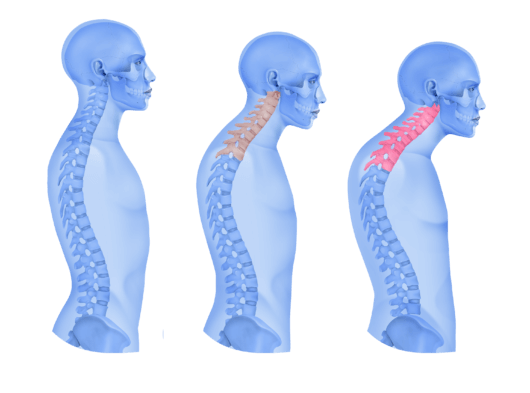
.png)
Symptoms of Thoracic Outlet Syndrome
TOS symptoms can vary depending on whether the nerves or blood vessels are being compressed. Common symptoms include:
Urban Sports & Rehab Centre’s Approach to Managing Thoracic Outlet Syndrome
At Urban Sports & Rehab Centre, we utilize a multi-faceted approach to treat TOS, focusing on both symptom relief and addressing the root causes of the condition. Here's how we can help:
1. Comprehensive Initial Evaluation
Our expert physiotherapists conduct a thorough initial evaluation to identify the exact cause and type of TOS. We use physical tests, posture assessments, and mobility evaluations to pinpoint areas of compression and dysfunction, ensuring an accurate diagnosis.

2.Manual Therapy for Muscular and Joint Release
Manual therapy is an integral part of our TOS treatment. This includes:
Ergonomic changes and postural corrections are vital for preventing and treating TOS. Our therapists provide: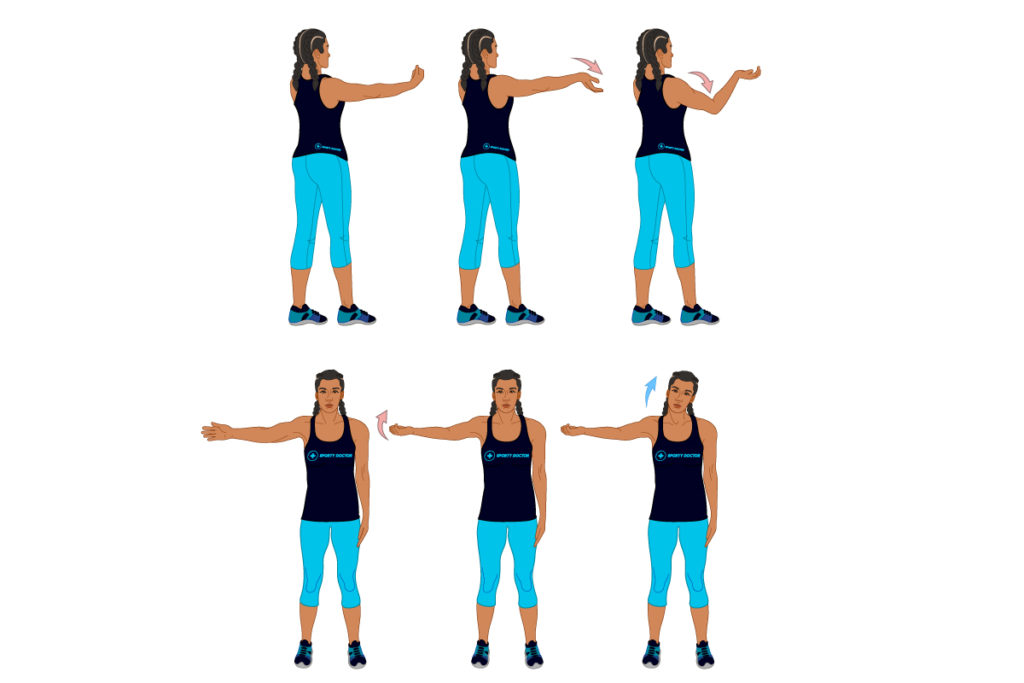
4. Nerve Gliding Exercises for Relief
Our therapists guide you through nerve gliding exercises to relieve nerve compression and restore nerve function. These gentle movements help the nerves pass freely through the thoracic outlet, reducing symptoms.
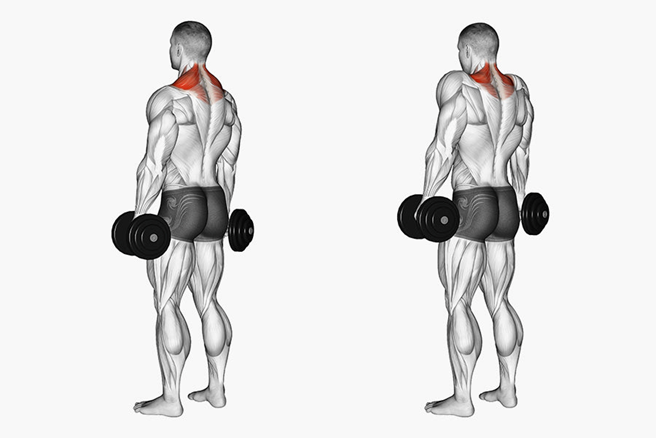
5. Customized Strengthening Programs
Strengthening the muscles around the thoracic outlet is key to long-term relief. We develop individualized strengthening programs focusing on: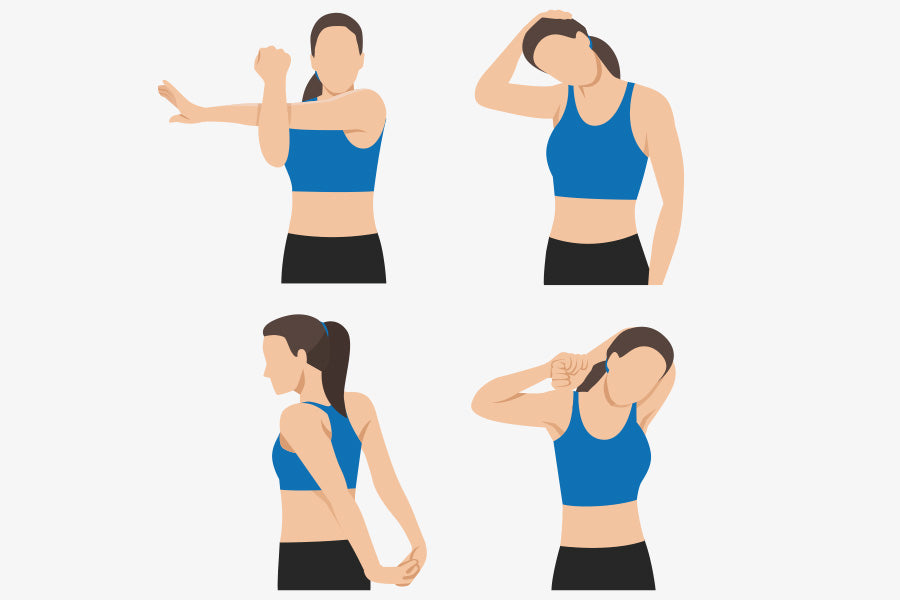
6. Stretching to Improve Flexibility and Mobility
Improving flexibility is essential to relieve pressure on the thoracic outlet. We include: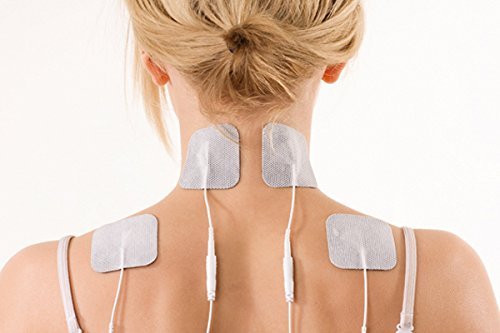
7. Advanced Therapeutic Modalities
We also offer advanced modalities for pain relief and muscle relaxation, including:
We believe in empowering our patients through education. You’ll receive guidance on maintaining good posture, performing home exercises, and avoiding activities that might trigger TOS symptoms. This helps ensure long-lasting results after completing your therapy.
9. Sports-Specific and Functional Rehabilitation
Athletes require tailored rehabilitation programs to address the specific demands of their sport. We focus on:
TOS can recur if not managed properly, which is why we offer long-term maintenance plans. Regular follow-ups allow us to monitor your progress and make adjustments to your treatment, ensuring sustained relief.
Why Urban Sports & Rehab Centre?
At Urban Sports & Rehab Centre, our comprehensive approach to Thoracic Outlet Syndrome focuses on both symptom management and long-term prevention. Our skilled team of physiotherapists is dedicated to providing personalized care, helping you return to pain-free living, sports, or work. Whether your TOS is caused by posture, sports, or injury, we have the expertise to guide your recovery.
#ThoracicOutletSyndrome #PainManagement #NerveCompression #NeurogenicTOS #VenousTOS #ArterialTOS
What is Thoracic Outlet Syndrome?
TOS refers to a group of disorders that occur when the blood vessels or nerves in the thoracic outlet— the space between your collarbone and first rib— become compressed. This compression can affect the nerves or blood flow to the arms, neck, and shoulders, leading to discomfort and reduced function.
Types of Thoracic Outlet Syndrome (TOS)
TOS is categorized into three primary types, depending on what structures are being compressed— the nerves, blood vessels, or both. Here’s a breakdown of the types:
1. Neurogenic Thoracic Outlet Syndrome (nTOS)
This is the most common form of TOS, accounting for over 90% of cases. Neurogenic TOS occurs when the brachial plexus, a network of nerves that pass from the neck to the arms, becomes compressed. This compression causes:
- Symptoms: Numbness, tingling, and weakness in the arms, hands, and fingers; pain radiating from the neck and shoulder down to the hand; and in severe cases, muscle atrophy (wasting) in the hand.
- Causes: Poor posture, repetitive overhead activities, or trauma to the shoulder or neck are common contributors.
Venous TOS occurs when the subclavian vein, a major blood vessel that drains blood from the arm back to the heart, is compressed. This leads to issues with blood flow in the arm.
- Symptoms: Swelling in the arm or hand, bluish discoloration (cyanosis), a feeling of heaviness or fatigue in the arm, and sometimes blood clots in the veins of the arm (deep vein thrombosis).
- Causes: This type of TOS is often triggered by repetitive overhead movements, heavy lifting, or structural abnormalities such as an extra rib (cervical rib) that compresses the vein.
Arterial TOS is the least common but the most serious type of TOS. It occurs when the subclavian artery, which delivers oxygenated blood to the arms, is compressed. This can lead to serious vascular problems.
- Symptoms: Pale or cold hands, sensitivity to cold, weak or absent pulse in the arm, pain in the hand or fingers, and in severe cases, ulcers or sores on the fingers due to poor blood flow.
- Causes: Arterial TOS is usually associated with congenital abnormalities such as an extra rib or abnormal muscle attachments that compress the artery.
Causes of Thoracic Outlet Syndrome
Understanding the causes of TOS is key to developing a treatment plan. Common causes include:

- Poor Posture: Forward head posture and rounded shoulders, often due to long hours sitting at a desk, can reduce the space in the thoracic outlet and compress nerves or blood vessels.
- Repetitive Overhead Movements: Athletes involved in sports like swimming, baseball, or weightlifting, where repetitive overhead arm movements are common, are at higher risk of developing TOS due to excessive strain on the shoulder and neck muscles.
- Trauma or Injury: A traumatic event such as a car accident or fall may cause structural damage that compresses the nerves or vessels in the thoracic outlet.
- Congenital Abnormalities: Some individuals are born with extra ribs (cervical ribs) or abnormal muscle attachments, increasing the likelihood of developing TOS.
.png)
- Carrying Heavy Loads: Regularly carrying heavy bags or backpacks can put pressure on the thoracic outlet, leading to nerve and blood vessel compression.
- Obesity: Excess weight can put additional strain on the upper body, contributing to posture issues that lead to TOS.
- Previous Injuries: A history of shoulder or neck injuries can predispose an individual to TOS, especially if the injury affected the alignment or mobility of the upper body.
Symptoms of Thoracic Outlet Syndrome
TOS symptoms can vary depending on whether the nerves or blood vessels are being compressed. Common symptoms include:
- Neurogenic TOS (Nerve Compression):
- Numbness and tingling in the arm, fingers, or hand.
- Weakness in the grip or difficulty using the hand for fine motor tasks.
- Pain radiating from the neck, shoulder, and down the arm.
- Muscle wasting in the fleshy base of the thumb (in advanced cases).
- Vascular TOS (Blood Vessel Compression):
- Swelling in the arm or hand.
- Discoloration of the hand or fingers (bluish or pale).
- A feeling of heaviness or coldness in the arm.
- Pulsating sensation near the collarbone or neck.
- Blood clots in veins or arteries, leading to more severe symptoms like skin ulcers.
Urban Sports & Rehab Centre’s Approach to Managing Thoracic Outlet Syndrome
At Urban Sports & Rehab Centre, we utilize a multi-faceted approach to treat TOS, focusing on both symptom relief and addressing the root causes of the condition. Here's how we can help:
1. Comprehensive Initial Evaluation
Our expert physiotherapists conduct a thorough initial evaluation to identify the exact cause and type of TOS. We use physical tests, posture assessments, and mobility evaluations to pinpoint areas of compression and dysfunction, ensuring an accurate diagnosis.

2.Manual Therapy for Muscular and Joint Release
Manual therapy is an integral part of our TOS treatment. This includes:
- Soft Tissue Mobilization: To release tight muscles in the neck, shoulders, and chest.
- Joint Mobilization: Improves spinal mobility and restores natural movements in the neck and thoracic spine.
- Myofascial Release: Relieves tension in the fascia, reducing nerve compression and pain.
Ergonomic changes and postural corrections are vital for preventing and treating TOS. Our therapists provide:
- Ergonomic Adjustments: Recommendations to improve your workspace or daily environment, reducing strain on the thoracic outlet.
- Postural Retraining: Exercises that promote better shoulder, neck, and head alignment to relieve pressure on the nerves and blood vessels.

4. Nerve Gliding Exercises for Relief
Our therapists guide you through nerve gliding exercises to relieve nerve compression and restore nerve function. These gentle movements help the nerves pass freely through the thoracic outlet, reducing symptoms.

5. Customized Strengthening Programs
Strengthening the muscles around the thoracic outlet is key to long-term relief. We develop individualized strengthening programs focusing on:
- Scapular Stability: To correct shoulder alignment and prevent nerve compression.
- Core Strengthening: Supports overall posture and upper body alignment.
- Neck and Shoulder Strength: Builds the muscles that help maintain proper posture, reducing strain on the thoracic outlet.

6. Stretching to Improve Flexibility and Mobility
Improving flexibility is essential to relieve pressure on the thoracic outlet. We include:
- Chest and Pectoral Stretches: Relieve tightness in the chest that contributes to TOS.
- Upper Back and Neck Stretches: Help reduce tension in areas prone to nerve compression.

7. Advanced Therapeutic Modalities
We also offer advanced modalities for pain relief and muscle relaxation, including:
- Ultrasound Therapy: Promotes healing and reduces inflammation deep within the tissues.
- Electrical Stimulation: Relieves pain and stimulates muscle recovery.
- Dry Needling: Targets trigger points to release tight muscles and improve mobility.
We believe in empowering our patients through education. You’ll receive guidance on maintaining good posture, performing home exercises, and avoiding activities that might trigger TOS symptoms. This helps ensure long-lasting results after completing your therapy.
9. Sports-Specific and Functional Rehabilitation
Athletes require tailored rehabilitation programs to address the specific demands of their sport. We focus on:
- Sports-Specific Training: To refine technique and reduce strain on the thoracic outlet.
- Functional Rehabilitation: Ensures that you return to daily activities or sports with improved function and reduced risk of recurrence.
TOS can recur if not managed properly, which is why we offer long-term maintenance plans. Regular follow-ups allow us to monitor your progress and make adjustments to your treatment, ensuring sustained relief.
At Urban Sports & Rehab Centre, our comprehensive approach to Thoracic Outlet Syndrome focuses on both symptom management and long-term prevention. Our skilled team of physiotherapists is dedicated to providing personalized care, helping you return to pain-free living, sports, or work. Whether your TOS is caused by posture, sports, or injury, we have the expertise to guide your recovery.
#ThoracicOutletSyndrome #PainManagement #NerveCompression #NeurogenicTOS #VenousTOS #ArterialTOS
Oct 02,2024
